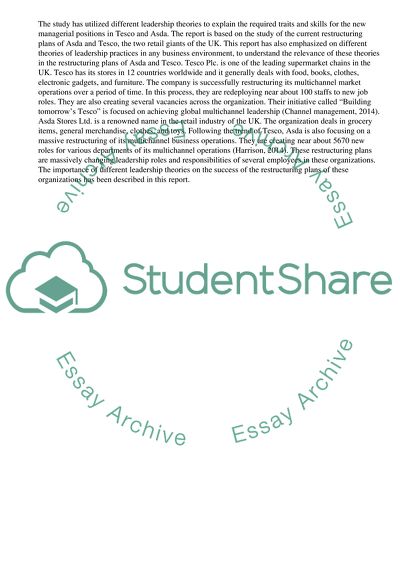Cite this document
(“Asda and Tesco - Restructuring to reflect multichannel markets Assignment”, n.d.)
Asda and Tesco - Restructuring to reflect multichannel markets Assignment. Retrieved from https://studentshare.org/business/1673504-asda-and-tesco-restructuring-to-reflect-multichannel-markets
Asda and Tesco - Restructuring to reflect multichannel markets Assignment. Retrieved from https://studentshare.org/business/1673504-asda-and-tesco-restructuring-to-reflect-multichannel-markets
(Asda and Tesco - Restructuring to Reflect Multichannel Markets Assignment)
Asda and Tesco - Restructuring to Reflect Multichannel Markets Assignment. https://studentshare.org/business/1673504-asda-and-tesco-restructuring-to-reflect-multichannel-markets.
Asda and Tesco - Restructuring to Reflect Multichannel Markets Assignment. https://studentshare.org/business/1673504-asda-and-tesco-restructuring-to-reflect-multichannel-markets.
“Asda and Tesco - Restructuring to Reflect Multichannel Markets Assignment”, n.d. https://studentshare.org/business/1673504-asda-and-tesco-restructuring-to-reflect-multichannel-markets.


